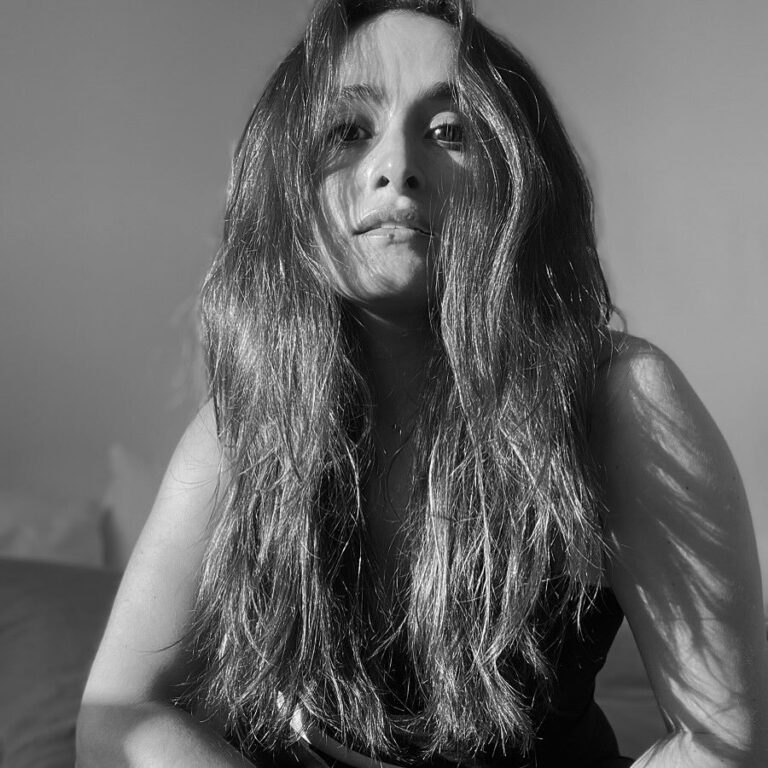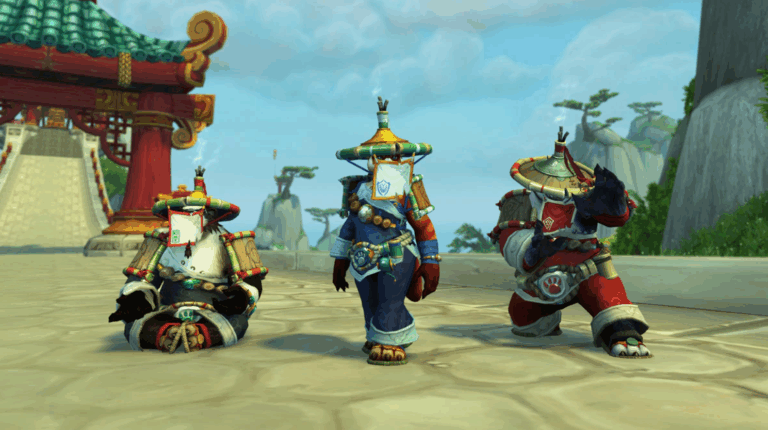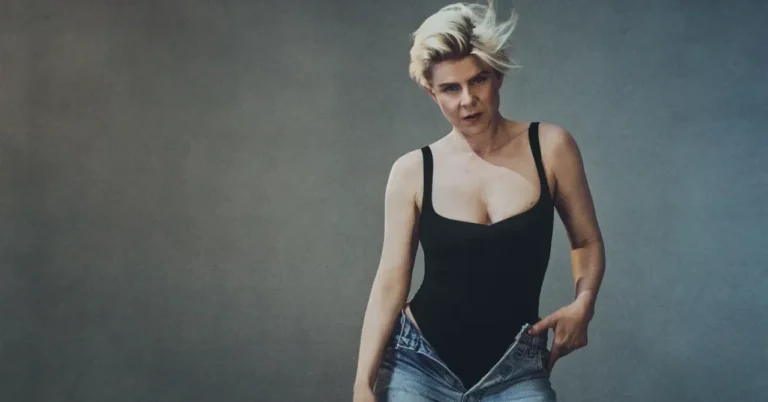When the lights dim and a production begins, the audience sees the actors, the music, and the movement. What they do not see is the calm, steady leadership that makes it all possible.
For stage manager Pau, that quiet command of the stage is an art and a calling. Known for her grace, precision, and empathy, she has become a rising force in the world of theatre, shaping productions from rehearsal room to performance night with skill and heart.
Becoming the Calm in the Storm
Pau’s path to stage management began with curiosity rather than a single defining moment. While studying musical theatre at the American Musical and Dramatic Academy (AMDA) in New York City, she became fascinated by the work of stage managers Don Adkins and Liz Reddick during her showcases.
She asked questions about their roles, responsibilities, and the organization behind each production. After graduating in 2019, her friend Christian Clinton invited her to stage manage his play ANN at the New York Theatre Festival.
Although new to the role, she embraced the challenge, drawing on her mentors’ advice, her training, and insights from “The Back Stage Guide to Stage Management” by Thomas A. Kelly. The experience confirmed her calling, and she has continued stage managing ever since, grateful for each opportunity to bring productions to life.
Training Ground and Educational Roots
Pau’s education laid the foundation for her collaborative and empathetic leadership style. After completing the Musical Theatre Integrated Program at AMDA, she earned a Bachelor’s degree in Musical Theatre with a minor in Leadership and Management from The New School in New York City.
Her dual background in performance and leadership has become the backbone of her career. Her performer training helps her understand what actors need from a stage manager: empathy, structure, and respect for the creative process. Meanwhile, her studies in leadership have sharpened her communication, teamwork, and problem-solving skills.
Together, they strengthened her emotional intelligence and ability to guide teams with clarity and compassion.
The Productions that Defined Her
Over the years, Pau has built a strong portfolio across Off-Broadway and festival productions. She stage-managed Brilliance the Musical at The Players Theater and Domino Effect at A.R.T./NY Gural Theater, written by Marco Antonio Rodríguez and produced by The People’s Theatre Project, Boundless Theatre, and the Latinx Playwright Circle. The production earned a HOLA Award nomination for the Gilberto Zaldívar Award for Outstanding Production, marking a key milestone in her career.
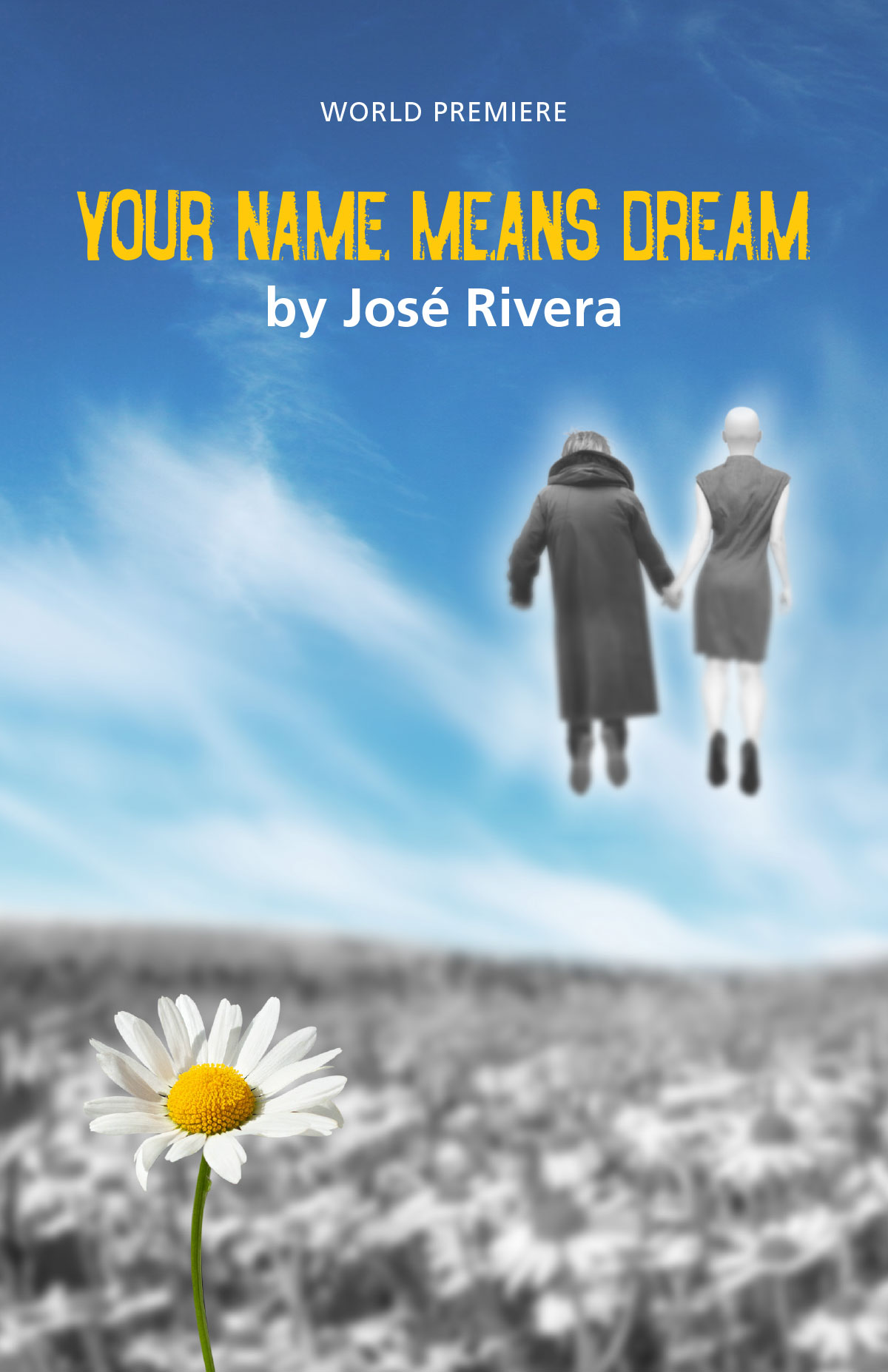
At the Contemporary American Theater Festival in West Virginia, she stage-managed Your Name Means Dream by José Rivera, the first Puerto Rican screenwriter nominated for an Academy Award, and Tornado Tastes Like Aluminum Sting by Harmon Dot Aut, directed by Broadway’s Oliver Butler.
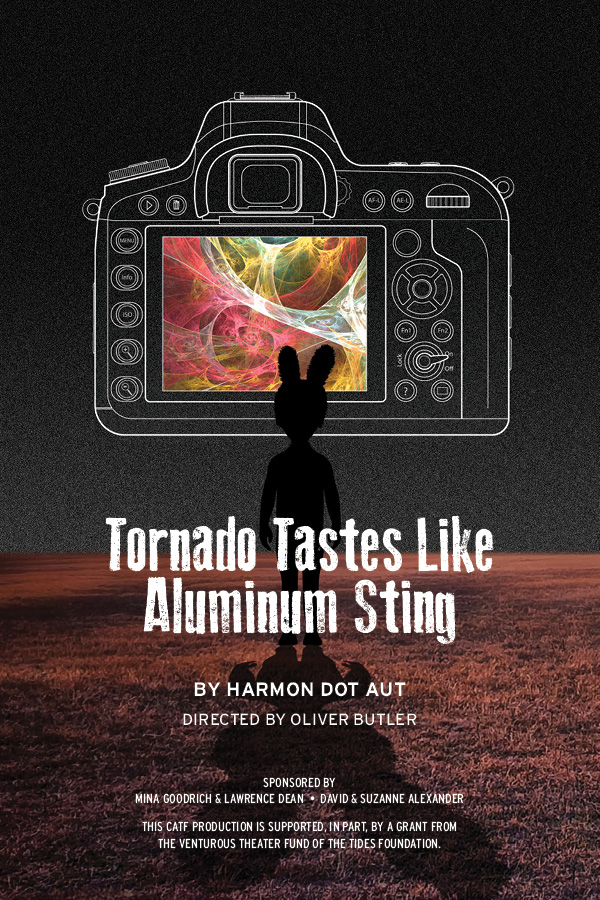
She also worked on workshops for Beautiful Little Fool at New Works Provincetown, directed by Broadway’s Michael Greif, sharing rehearsal rooms with performers such as Jessie Mueller, Hannah Corneau, and Ryan Vasquez.
Through these collaborations, Pau has refined her expertise and deepened her understanding of the creative partnerships that bring each production to life.
Grace Under Pressure
Pau is known for her calm and positive presence, even in high-pressure situations. Stage management demands adaptability, coordination, and quick problem-solving, and she thrives amid those challenges.
Her strengths in communication, attention to detail, and collaboration enable her to lead with composure and flexibility. She views each rehearsal as a living process that evolves daily, requiring patience and an open mind. One of her greatest lessons has been learning to embrace uncertainty and rely on teamwork.
“I don’t always know everything, and that’s when collaboration comes into play,” she says.
“As a team, we can find an answer or take time to figure it out together.”
That belief in collective problem-solving has shaped her leadership, defined by humility, trust, and grace.
Mentors, Milestones, and the Meaning of Grace
Throughout her career, the word “grace” has followed Pau from one production to the next. It has become both a compliment and a compass. Actors often describe her leadership as being filled with grace, and she has taken that to heart.
For her, grace means leading with empathy, patience, and respect for everyone involved in a production. It means maintaining poise in the face of chaos and ensuring that every artist feels seen and supported.
This defining quality has guided her through demanding productions and moments of growth alike. Whether she is running a rehearsal, managing backstage operations, or coordinating with directors and producers, Pau remains focused on creating a professional experience that feels collaborative and human.
On the Horizon
Pau is currently stage managing the workshop of SPREAD by Jesús I. Valles, directed by Tatyana Marie-Carlo. The play will premiere in its full production early next year at INTAR Theatre, where she will continue as stage manager. During the workshop, she manages daily call schedules, maintains clear communication among the cast, director, and producers, prepares rehearsal reports, and ensures the safety and well-being of everyone involved.
While continuing to lead new and developing productions, she remains focused on her long-term goal of stage managing a Broadway show. She pursues this vision with optimism and authenticity, committed to building meaningful relationships within the industry.
“I plan to do that by keeping true to myself, connecting with Broadway professionals, and putting my name out there in the best way possible so people continue to enjoy working with me,” she says.
Dreaming Forward
Pau’s story is one of persistence, curiosity, and continual growth. From her early fascination with stage management to her work on award-nominated productions and collaborations with celebrated theatre artists, she has built a career rooted in dedication and purpose.
Her blend of technical precision and emotional intelligence sets her apart in a field that demands order and artistry. As she continues her journey, Pau stands as a testament to what can happen when leadership is guided not just by skill but by grace.
About the Author
Isabella Reyes is a writer and arts journalist focusing on theatre, performance, and emerging voices in contemporary culture. Her work has appeared in Stage Review, The Playbill Journal, and Curtain Call Magazine. She is currently based in New York City.
